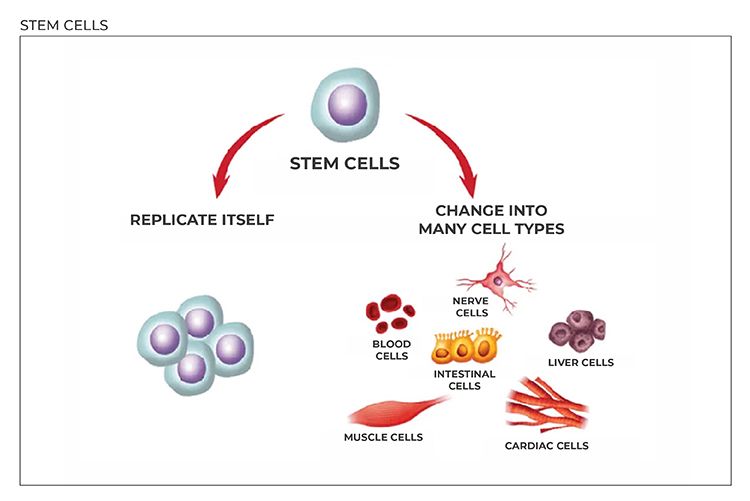Table of Contents
The writers keep in mind hurdles that continue to be, consisting of enhancing the engraftment success and cell survival. Due to the fact that the ISCI and Miller School are leaders around, the writers also stress the requirement to standardize definitions and results actions in the field. "The Hare Lab stays at the center of pioneering new treatments in this crucial medical domain.
Now we are exploring just how to harness such stem cells to help patients recover their own damaged hearts."The study is guided by the Cedars-Sinai Heart Institute, with the partnership of the Johns Hopkins University, where Dr. Marbn worked before signing up with Cedars-Sinai in 2007. The 24 individuals joining the research study have hearts that were harmed and marked by cardiovascular disease.

It takes about 4 weeks for the cells to multiply to numbers enough for therapeutic usage, approximately 10 to 25 million. In the 3rd and final action, the now-multiplied stem cells are reintroduced right into the individual's coronary arteries during a second catheter procedure. All patients in the research study needed to have knowledgeable cardiac arrest within four weeks before enrolling in the study project.
Later this summer season, it is expected that 12 even more patients will undertake procedures to get 25 million stem cells, while six additional patients will certainly be kept track of as controls. The initial patient, Kenneth Milles, a 39-year-old controller for a small construction firm in the San Fernando Valley, experienced a heart strike on May 10 due to a 99 percent obstruction in the left anterior descending artery, a major artery of the heart.
The process to grow the cardiac-derived stem cells involved in the research was created by Marbn when he was on the professors of Johns Hopkins University. The university has actually applied for a patent on that intellectual residential or commercial property, and has actually licensed it to a business in which Dr. Marbn has an economic interest.

All funding was obtained from the National Institutes of Wellness, the Donald W. Reynolds Foundation and Cedars-Sinai Medical. Marbn holds The Mark Siegel Family Members Foundation Endowed Chair and Supervisor of the Heart Institute.
Can you manage Heart Failure with regenerative medicine?
Stem cell therapy for heart failing has arised as a new method to deal with and handle the core of the illness.
Stem cell treatment can aid to reduce signs and enhance the heart's pumping ability. This therapy makes use of the capacity of stem cells to self-regenerate and self-heal. Complying with the admission of stem cell shots for coronary infarction, numerous devices enter play: Stem cells for heart failure promote the formation of specialized cardiac muscular tissue cells and regenerate damaged tissue, improving the heart's pumping capability.
These are types of grown-up stem cells that are gotten from bone marrow, fat tissue, and skin cells. These are the most usual and well-researched kinds of stem cells.
These are acquired from embryos and have the pluripotent capacity to transform right into any kind of cells, including cardiac ones. The main issue with these cells is that, as they are taken from embryos, they have lots of ethical and legal limitations and are just used in specific circumstances. for the reasons discussed over.
What to know about using stem cells to support Heart Failure
These cells come from in the heart and are appropriate to cardiac repair service. Please, call our medical expert to review your health and wellness problem with a professional in regenerative medication. You can also leave your get in touch with details for a callback. It is complimentary and confidential. Clinical Advisor, Swiss Medica doctor The application and treatment of stem cell therapy contains 5 steps: Clients start with an on-line assessment with our clinical expert and are then evaluated by a cardiologist, who will obtain the needed case history, carry out blood tests, and request imaging researches to identify whether stem cell treatment for cardiac arrest is a viable choice.
We provide stem cells with painless stem cell injections for coronary infarction. A highly educated medical professional will inject processed stem cells right into the bloodstream; the entire procedure takes less than an hour. After completing the heart disease stem cell therapy procedures, our patients will certainly be checked for any type of issues and end results.
Navigation
Latest Posts
Leading providers of stem cell therapy for Peripheral Artery Disease
Leading providers of stem cell therapy targeting High Blood Pressure
Inside look at using stem cells to support Heart Disease